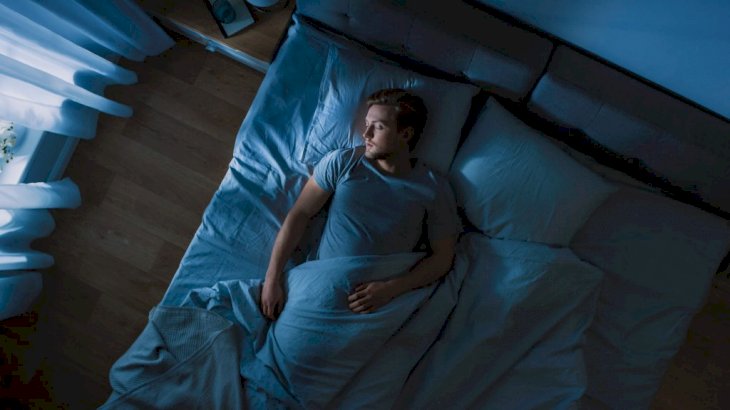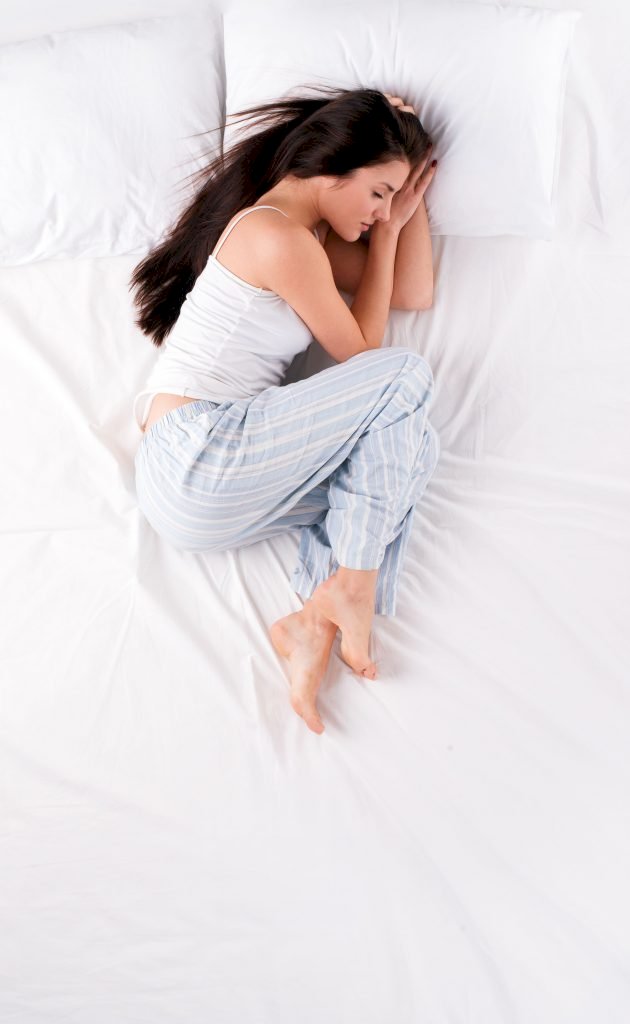
Exploring The Best Sleeping Positions To Help Lower Back Pain
When you suffer from back pain, you might struggle to find a position to sit in, let alone sleep in. If the pain you’re suffering from is chronic, you might need to switch up your sleeping position!
Back pain is a menace not only to your productivity but also to your sleep! Sometimes the pain can even be linked to how you sleep or even your posture throughout the day.
With insufficient sleep, your productivity and mood are affected. Writhing in pain can make it difficult to fall asleep, so here’s some direction to help ease the pain and get you the rest you deserve!
Sleeping on your back

Shutterstock
Sometimes the pain you experience is from a lack of support, and you can get support simply by using a pillow strategically positioned to relieve some of that pain. You can experiment with the positions of the pillow to find the most comfortable position to fall asleep in.
Lying on your back, you want to make sure that your head is sufficiently supported so that your head isn’t tilting slightly to the left or right. Place the pillow under your knees; this kind of support helps preserve the natural S-curve of your spine.
You can also try sleeping in a reclined position, so you can reposition yourself if you have access to an adjustable mattress. The angle created in a reclined position takes the pressure off your spine, which is helpful if you have a vertebral fracture.
Sleeping on your side

Shutterstock
If you’re comfortable sleeping on your side, you might find it comfortable to rest your leg over something. That makes cuddling with your partner a great position to sleep in!
Laying on your side with your head resting comfortably on a pillow, bring your knees slightly towards your chest and place a pillow in-between them. You can also place a pillow for extra support at your waist.

Shutterstock
You can also lay in the fetal position and tuck your knees to your chest as far as you possibly can to rest comfortably. It’s beneficial for those with herniated discs as it allows your spine to stretch out.
When sleeping on your side, it’s important to alternate sides. Favoring one side will eventually lead to an imbalance in your spine which can result in scoliosis.
Sleeping on your stomach

Shutterstock
Sleeping on your stomach isn’t the healthiest position. Be sure to support your head sufficiently so that you’re not twisting your neck and adding additional strain on your back and neck.
To help to align your spine, you can place a thin pillow under your abdomen and pelvis. This helps relieve some of the pressure on your spine as well.
It doesn’t matter what kind of pillow or mattress you prefer; as long as you’re getting sufficient support from them, your sleep should be restful. It might be uncomfortable adjusting to these positions at first, but in no time, your back should be well adjusted to the extra support!